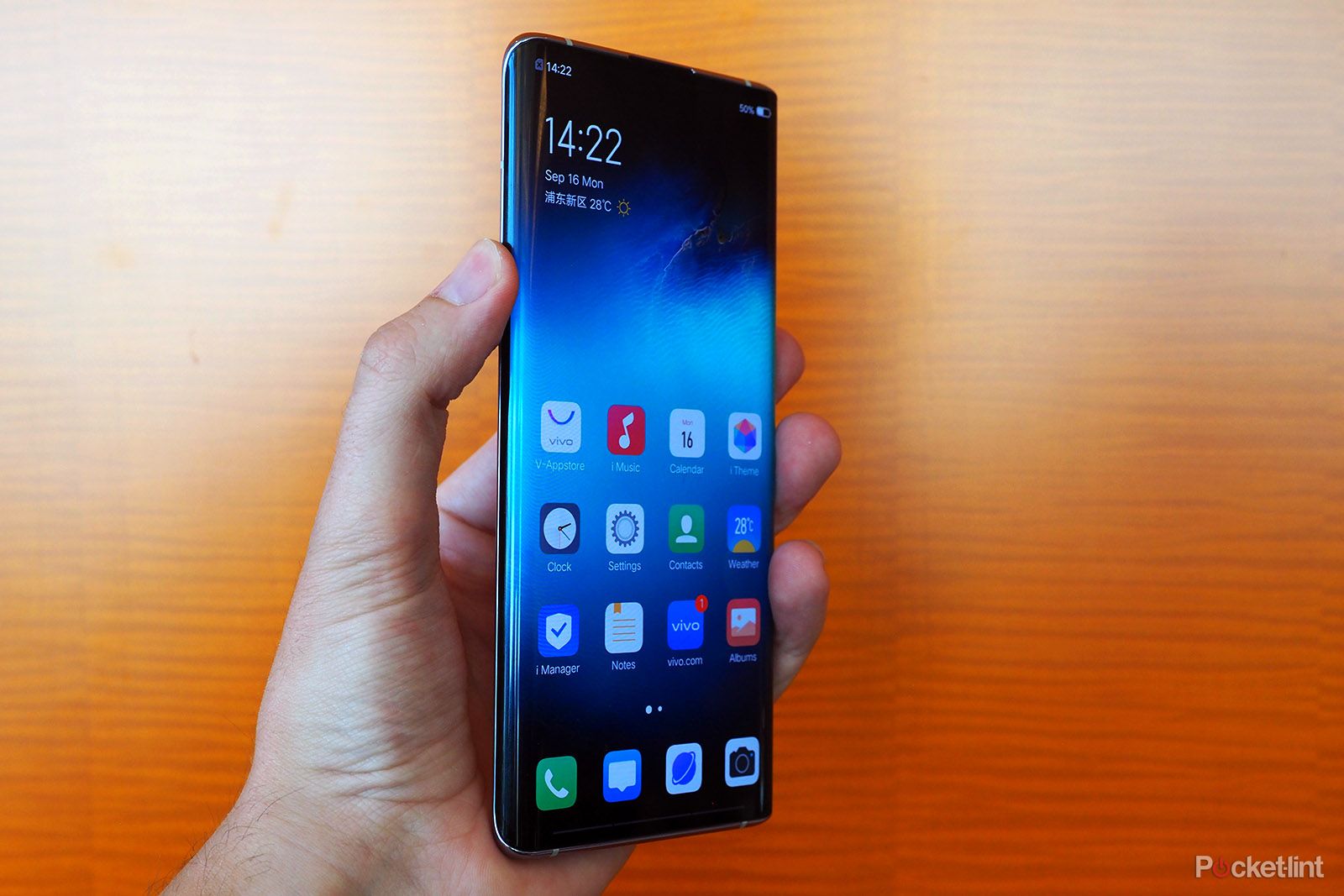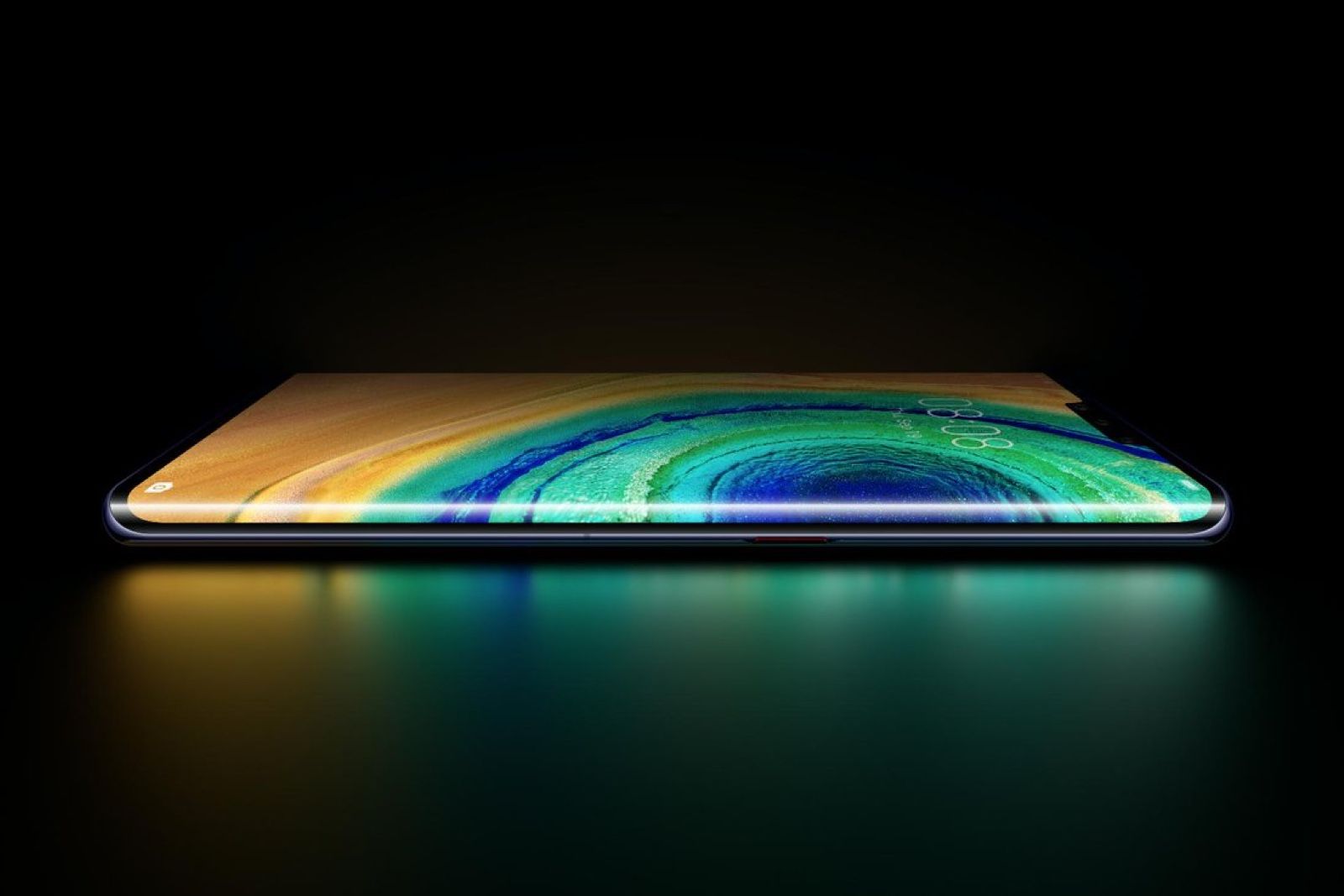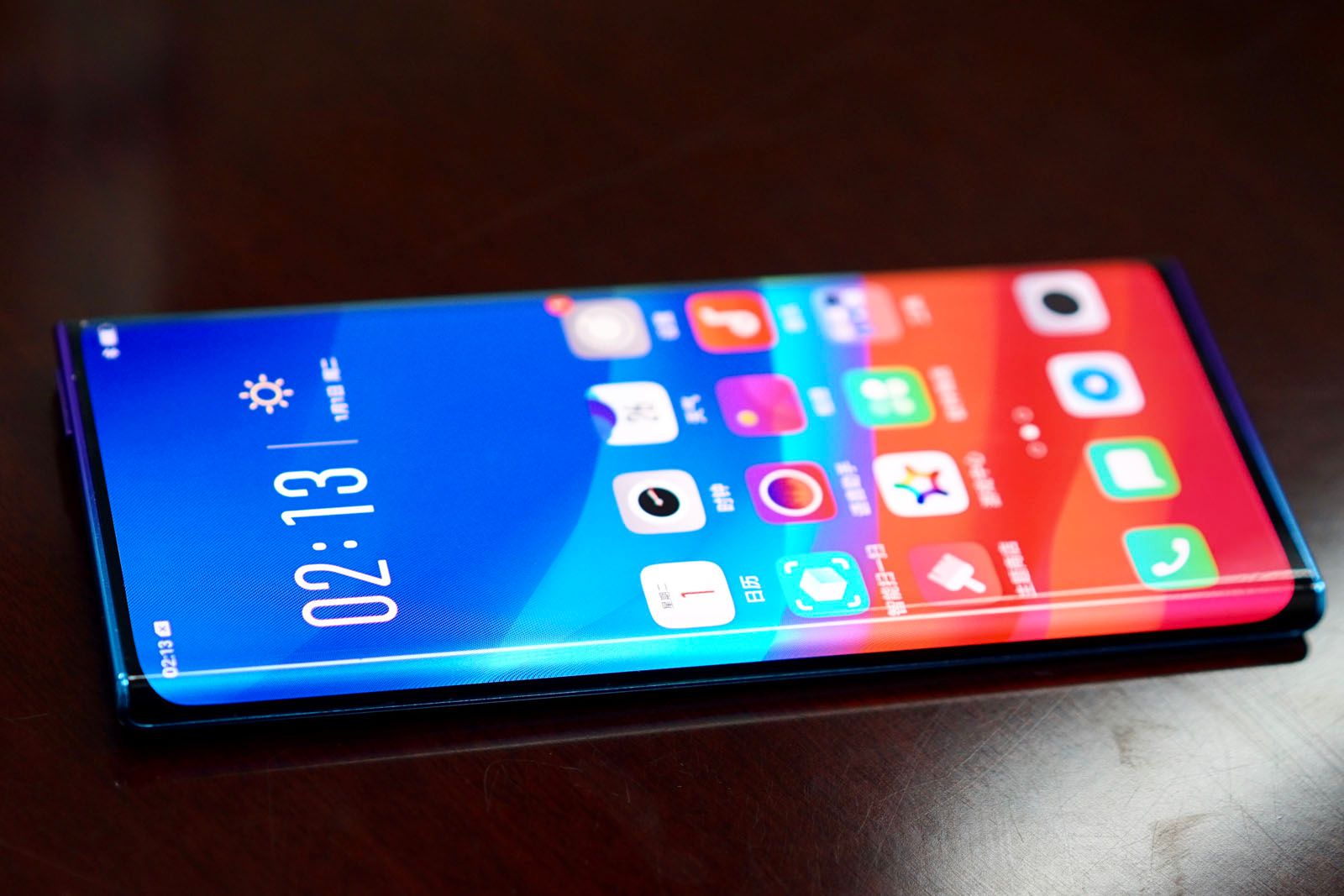Every year there's a new must-have feature for flagship smartphones. Back in 2020 that was the so-called 'waterfall display' - a curved-edge screen trend that ultimately came and went, but has since partially returned to prominence.
Before the likes of Oppo kicked off the curved screen trend by teasing an unnamed handset back in July 2019, typing the words "waterfall display" into Google would return a bunch of information about spectral analysers (high-end audio visualisers). But, no, that's not what we're here to talk about.
Since that time it was the launch of the Vivo NEX 3 that really kicked off the interest in waterfall displays, followed by a whole host of other handsets, from the Huawei P40 Pro to Honor 50 and more. Thing is, not every brand's marketing department can agree on the terminology, so you'll hear all manner of terms banded about.
Immersive viewing
Simply put, a waterfall display (or whichever other marketing name is attached to it) is when the side edges of a display are curved to such a degree that you can't really see any side edge bezel - it's as if there's a cliff edge and the screen is flooding off it, hence the 'waterfall' name being adopted by some.
Now, the idea of a curved screen isn't new by any means. We've long seen curved edges, back to when the Samsung Galaxy Note Edge appeared in 2014, which then developed into the likes of the S7 Edge and beyond. While such devices were bold with their screen curvature, it wasn't always to the extreme or even to both sides of the panel.
It's now much more common to find flagship phones with curved edges - but not to the same 'off-the-edge' infinity-style as a waterfall display, rather more to provide greater ergonomic perception to the physical size of a device and make it more comfortable to hold. Subtle curvature makes a thick handset feel altogether slimmer.
Having this seemingly absent side bezel on a display creates a much higher screen-to-body ratio, so for fully immersive viewing such devices will be ideal for media. Less bezel also minimises the overall footprint of a device without sacrificing screen real-estate - not that the current crop of handsets are small-scale by any means.
The likes of the Huawei P40 Pro goes even further by curving all four edges, in what it calls a 'Quad-Curve Overflow Display'.
Pros and problems
We do love the way an exposed screen edge - even with your handset screen-down on a surface - opens up a world of tailored software, where edge-specific lighting displays, alerts and bespoke software interactions can be possible.
But a waterfall display presents its own challenges. With the screen effectively running mid-way over to the side of the device, there's unlikely to be any room left for traditional buttons - at least not in their conventional positions. While that presents a challenge there are workarounds, as shown by Vivo's buttonless NEX 3, but not everyone will like the feel of such a solution.
Such an extreme display curvature can also mean issues with accidental touch, which ultimately needs to be software addressed - something that Xiaomi, in our experience, failed to facilitate properly in its Mi 11 Ultra device (and likely why the Xiaomi 12 is entirely different).
As we said up top, many manufacturers have moved away from utilising such significantly curved-edge displays, finding a happy medium in-between that satisfies a wider user base. Just because a maker can develop such visually impressive technology doesn't mean it's necessarily the future - just as can be said of ultra-thin phones, a race that was done and dusted years ago when the sub-5mm Oppo R5 launched and, well, didn't have enough battery to make any sense as a day-to-day device.
We'll continue to see curved-edge displays, no doubt, but whether to the same extremes to even assign the term 'waterfall display' is up for debate. It's always interesting watching what's popular in smartphones evolve and develop.



